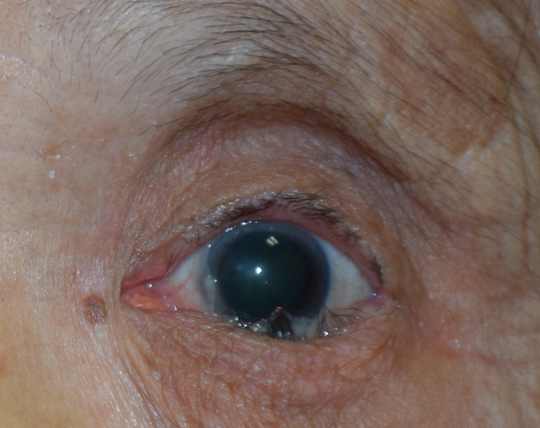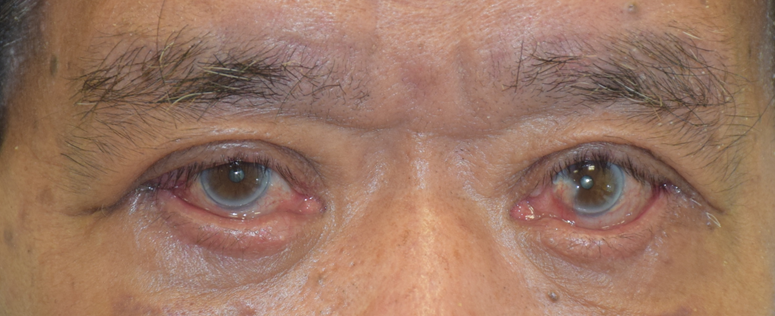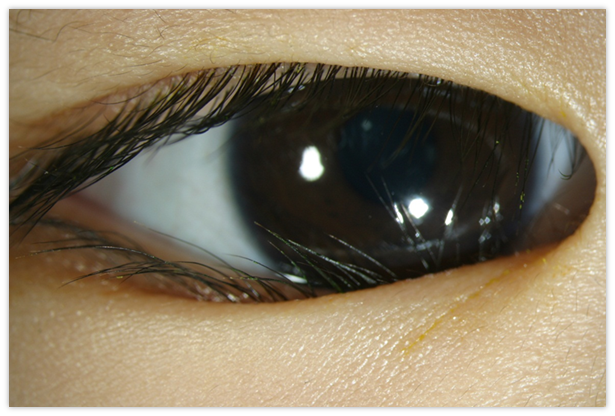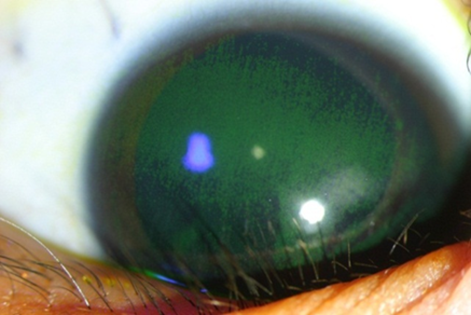What are the treatment options for Baggy Eyes/Dermatochalasis? Blepharoplasty is a day surgery procedure that improves the appearance and function of the eyelids. An eyelid crease (double eyelid) may be created at the same time. A detailed evaluation by your eye plastic surgeon will determine if it is a medically indicated or aesthetically desired procedure. It is often combined with ptosis surgery in the same sitting the patient has co-existing droopy eyelids. Upper Blepharoplasty
Upper blepharoplasty is eyelid surgery of the upper lid. As we age there is excess skin and fat that may hang over the eyes, causing them to have a tired appearance, or even affecting our vision. Upper blepharoplasty removes this excess skin and fat, to give the eyes a more open, lifted and youthful appearance. In younger patients who seek to enhance their eyes by creating “double eyelids”, upper blepharoplasty can be used to make the eyes larger, and create a more distinct crease that enhances the beautiful Asian eye. Lower Blepharoplasty
Lower blepharoplasty is eyelid surgery of the lower lid. As we age, the eyelid skin stretches, the fat bulges, and the muscles weaken. All these may give rise to prolapse of fat in the lower lids, causing a puffy appearance. In some people, the fat does not bulge, but shrinks, giving the eye a prematurely aged appearance by increasing the hollows below the eye, giving the appearance of dark circles. Lower blepharoplasty addresses these fat bags and hollows by removing excess fat and redistributing them to fill the hollows where necessary. Both upper and lower blepharoplasty can be done alone or in combination. They are usually performed under local anaesthesia. The incision cuts are hidden in the natural lines of the eyes to minimise visible scarring. Excess fat and skin are removed to give the eyes a rejuvenated appearance. Both upper and lower blepharoplasty are day-surgery procedures. They usually take one to two hours, depending on the extent of the surgery. Patients can go home on the day of the surgery. | 


















